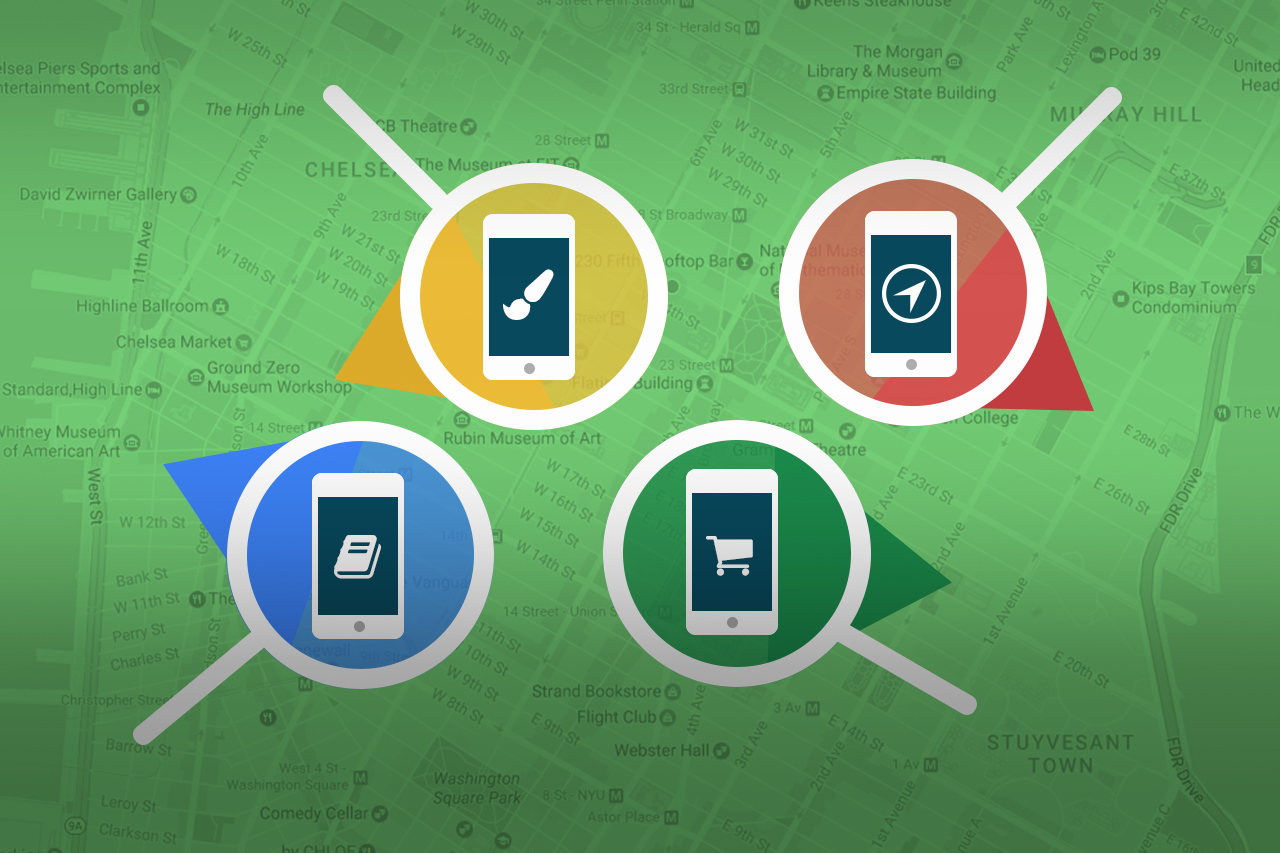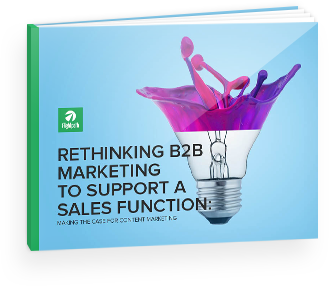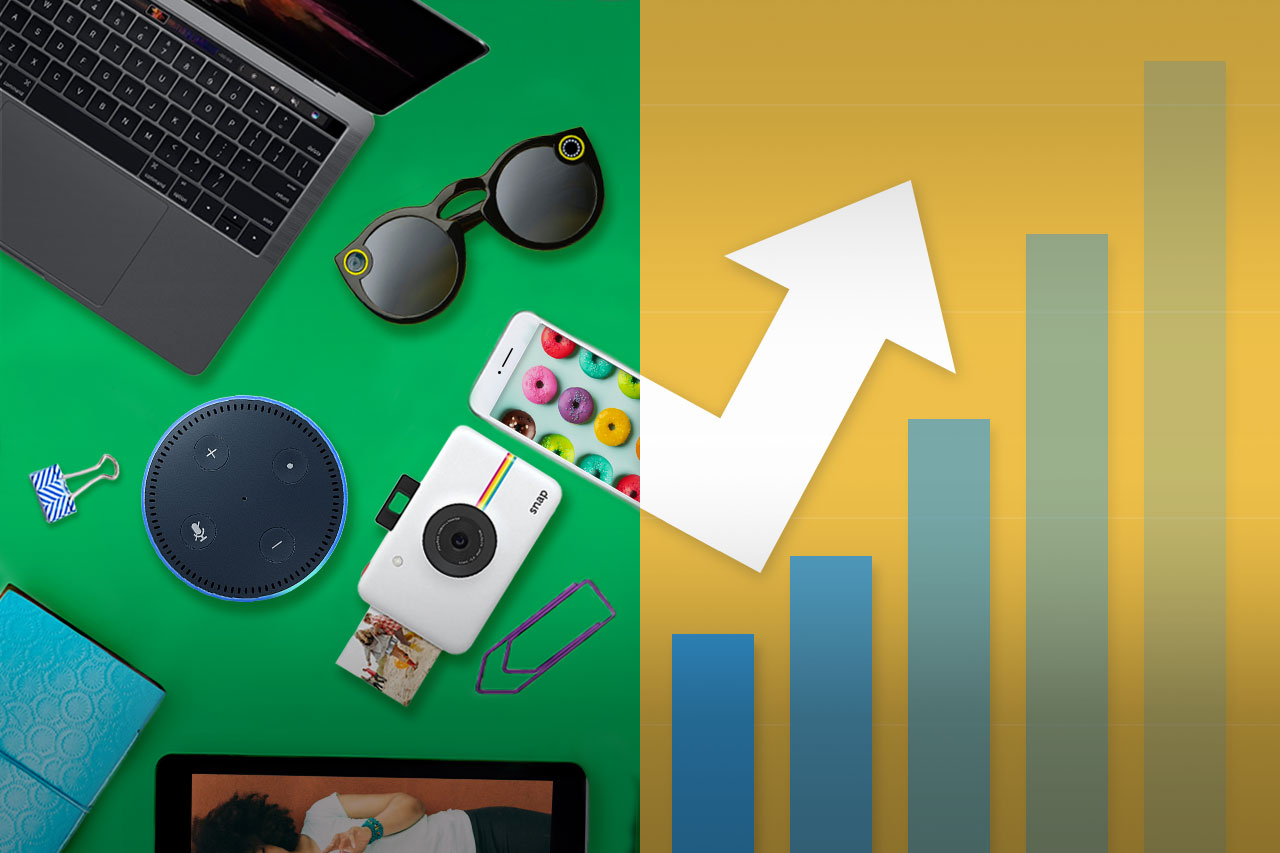“A good guiding principle is this: be there across all stages of the consumer journey, not just when someone is ready to buy. To accomplish this, consider four key moment types that represent the full range of user needs,” Think with Google said in its whitepaper. Learning about micro-moments opens the door to new tactics for your brand that you didn’t know existed. We’ve gone a little deeper in explaining what these moments are, and how your brand can appear in these moments in a positive way. Read on to get inspired.
I-want-to-know moments
People search Google over 40,000 times per second. And when they do, they want an answer fast. How can you make your brand relevant here? Answer any potential question that could arise that your brand can answer effectively. For example, let’s say you work for S’well Bottles. Think of questions your potential customers could be asking. Search Google with queries like ‘are S’well water bottles,’ and see what questions appear in autocomplete. This will give you a great starting point. Also, scroll to the bottom of the search engine results page after searching for your product to see relevant searches for more content ideas.
Also, scroll to the bottom of the search engine results page after searching for your product to see relevant searches for more content ideas.  These are some of many ‘I-want-to-know’ moments related to your brand, and the perfect opportunity for you to provide the necessary information to move your customer down the funnel. Write blog posts, promote user testimonials, or create FAQ landing pages that answer these questions and more.
Most importantly, talk directly to customers to see what questions they need answered that you might not have found on Google. Think about sending out surveys to customers or talk to your company’s sales or customer service teams. The employees that are in contact the most with customers are extremely valuable for this research.
Lastly, think outside your brand. You should be able to answer every question a potential customer has about your brand, but what about your industry? Think about searches like ‘best birthday presents for healthy friends,’ or ‘workout accessories,’ or ‘how much water should I drink everyday?’
The goal is to become a trusted source in your area of expertise to eventually build a relationship and drive sales. Start building out a content idea list based on the questions that arise in this research to make sure your brand is showing up in the “I-want-to-know” moments.
These are some of many ‘I-want-to-know’ moments related to your brand, and the perfect opportunity for you to provide the necessary information to move your customer down the funnel. Write blog posts, promote user testimonials, or create FAQ landing pages that answer these questions and more.
Most importantly, talk directly to customers to see what questions they need answered that you might not have found on Google. Think about sending out surveys to customers or talk to your company’s sales or customer service teams. The employees that are in contact the most with customers are extremely valuable for this research.
Lastly, think outside your brand. You should be able to answer every question a potential customer has about your brand, but what about your industry? Think about searches like ‘best birthday presents for healthy friends,’ or ‘workout accessories,’ or ‘how much water should I drink everyday?’
The goal is to become a trusted source in your area of expertise to eventually build a relationship and drive sales. Start building out a content idea list based on the questions that arise in this research to make sure your brand is showing up in the “I-want-to-know” moments.I-want-to-go moments
According to Google, “near me” searches have grown 2X in the past year. This is a big opportunity if you have a storefront or consumer-facing location. How can you make your business known when people are searching? Use location signals to highlight your store location or inventory. Your store’s location should be clearly stated on your website and app, and you might even provide directions to take it a step further. Consider buying AdWords for your store’s location or popular products. When searching lululemon on my phone, I’m served an ad that provides nearby locations with hyperlinked addresses and phone numbers. But like we said earlier, think outside your brand. Using AdWords to take advantage of “near me” searches can be great for people who are searching with less specific intent, like ‘yoga clothes near me’ rather than ‘lululemon.’
But like we said earlier, think outside your brand. Using AdWords to take advantage of “near me” searches can be great for people who are searching with less specific intent, like ‘yoga clothes near me’ rather than ‘lululemon.’  Play with AdWords and make your location and inventory known to make your brand relevant in “I-want-to-go” moments.
Play with AdWords and make your location and inventory known to make your brand relevant in “I-want-to-go” moments.I-want-to-do moments
These are the “how-to” moments. An obvious example would be a company that makes chocolate chips providing chocolate chip cookie recipes on their site. And, though obvious, it works. To provide an example from our agency, we produce content around the search phrase “when should I redo my website.” When users come to our site to view these blog posts and download whitepapers, it provides us with valuable lead intelligence in addition to giving us the ability to help out our potential customers. The number one goal should be helping out whoever’s reading your content, but the lead intel is an added benefit. When we know who’s looking into redoing a website, we can segment them and provide more relevant content to continue nurturing them down the path to purchase. Google suggests creating video content for these moments, as more than 100 million hours of “how-to” content have been watched in North America already this year. We recommend providing subtitles as many people don’t use audio when watching videos. Recently, I searched for ‘how to remove Macbook battery.’ It resulted in many helpful videos, but none of them were branded. If a local tech repair shop created their own how-to videos, I’d likely come to terms with the fact that I shouldn’t be removing my battery myself, and take it to the shop so they could handle the repair. Regardless of type, your brand should be prepared for these “I-want-to-do” moments with how-to content.
I-want-to-buy moments
The “I-want-to-buy” moments can happen anywhere, but these are your top-of-funnel users making purchase decisions. These moments can happen in store, at home, at work — anywhere. So it’s important that you consider location and time of search to provide the most relevant content for users. Last week, I searched for “best moisturizing face mask” while I was at home. This search resulted in an ad for a mask from skincare company Glossier. I then searched for user reviews and shortly after purchased the product online. It was that simple. An ad with the right keywords and some positive user reviews convinced me to purchase. Note that this ad is for a product and not a brand. In this case, the product ad was much more effective than an ad for the skincare brand would have been. People are constantly looking for help deciding what to buy. If your brand can help people make that decision, you should do everything in your power to make that happen. The opportunity you can’t afford to miss: when people are comparing products before making a purchase.
Take advantage of this opportunity by encouraging your users to leave product reviews on your website and making these reviews easily accessible on mobile. This is also an opportunity to reach out to influencers relevant to your industry who will review your products on their own site or YouTube.
Aside from ramping up your user reviews, make sure your brand is answering the questions your users are asking before making a purchase. This goes back to the ‘I-want-to-know’ moments, but with a higher purchase intent.
Your messaging should be relevant according to the time and location of a search. It should also be easy for a customer to purchase on your site. Any hiccups in the purchase process will likely deter customers. Being prepared for the “I-want-to-buy” moments will likely make or break a business transaction.
People are constantly looking for help deciding what to buy. If your brand can help people make that decision, you should do everything in your power to make that happen. The opportunity you can’t afford to miss: when people are comparing products before making a purchase.
Take advantage of this opportunity by encouraging your users to leave product reviews on your website and making these reviews easily accessible on mobile. This is also an opportunity to reach out to influencers relevant to your industry who will review your products on their own site or YouTube.
Aside from ramping up your user reviews, make sure your brand is answering the questions your users are asking before making a purchase. This goes back to the ‘I-want-to-know’ moments, but with a higher purchase intent.
Your messaging should be relevant according to the time and location of a search. It should also be easy for a customer to purchase on your site. Any hiccups in the purchase process will likely deter customers. Being prepared for the “I-want-to-buy” moments will likely make or break a business transaction.








